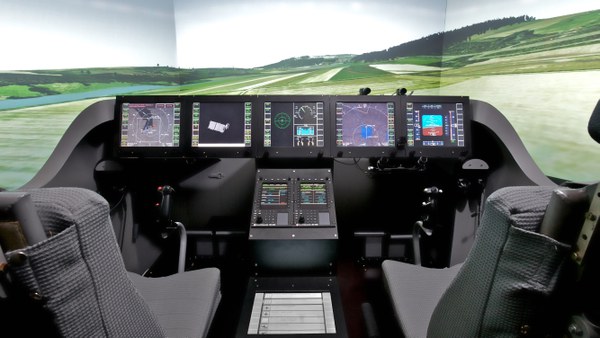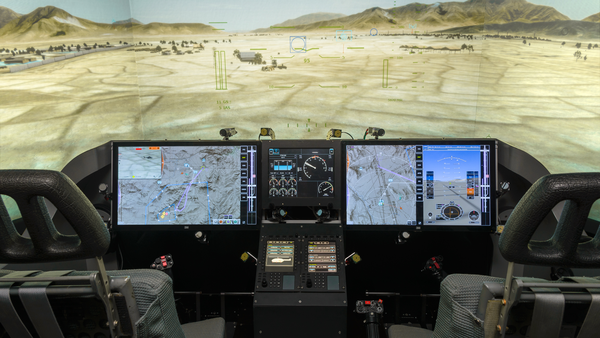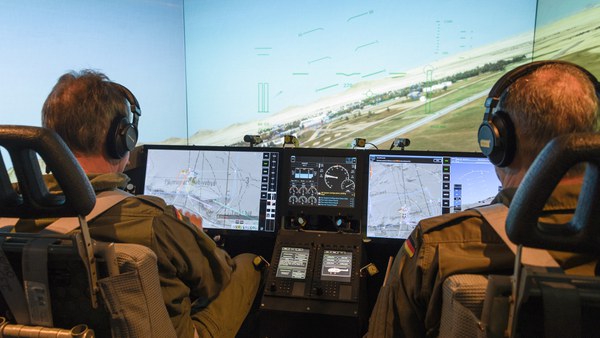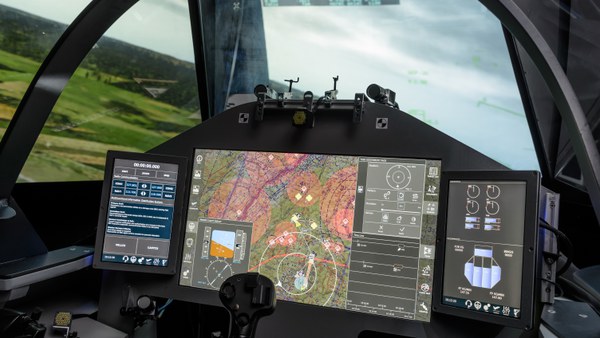Challenge
Today, the methods and algorithms of Artificial Intelligence (AI) and Machine Learning (ML) offer a wide range of possibilities for mapping automated abilities in computers that seemed impossible only a short time ago. These include above all cognitive abilities, which are traditionally only attributed to humans. With regard to the development of highly automated flight systems, such as intelligent pilot assistance systems or autonomous UAV mission management systems, this opens up extremely interesting perspectives. This is opposed by the fact that, firstly, there are high safety requirements for flight systems, which are difficult to prove today in connection with methods of AI and ML, and secondly, these methods are difficult for the application developer to exploit and are therefore usually not efficiently applicable.
Our aim is to recommend approaches to the application developer for intelligent flight systems and to provide tools with which the use of AI and ML in the context of a structured function development is possible efficiently and goal-oriented.
Approach
In a first step, those methods and algorithms of the AI and the ML must be identified that are suitable for solving certain typical problem classes in the development of intelligent flight systems. In this context, rule- and inference-based agent approaches such as Soar can be used to interpret symbolically represented situation descriptions. Logical planning problems can be formulated in PDDL and then fed into appropriate solvers. IBM CPLEX can be used to solve linear optimization problems. In connection with the modelling of human behaviour, methods of Machine Learning and probabilistic reasoning are often used (e.g. Dempster-Shafer theory, Hidden Markov models).
In a second step, such methods and algorithms can be combined in cognitive architectures. On the one hand, such architectures are based on abstract models of the human or of a purely rational thought process. Furthermore, they have a coherent representation of knowledge and provide the methods for processing the knowledge. Finally, they offer a user-friendly interface for the modelling of knowledge by the user. The best known freely available cognitive architectures are ACT-R and Soar.
Research
The Professorship of Aircraft Dynamics and Flight Guidance initially uses marketable cognitive architectures as well as methods and algorithms of artificial intelligence and machine learning. While these methods are usually only proven and optimized by their developers in very well structured application examples, our approach is to create recommendations for application-specific solutions. To this end, two cognitive system architectures have already been developed at the institute and successfully tested in applications of highly automated flight systems.
- COSA (Cognitive System Architecture). This architecture was developed by Dr. Henrik Putzer until 2002 mainly on the basis of Soar. However, it also provides the blueprint of the "cognitive process", which on the one hand provides namespaces for the structured development of a knowledge model and on the other hand offers a simplified process control for easier testability of the application. COSA was used in the following doctoral theses:
- Claudia Meitinger: "Cognitive Automation for Cooperative UAG Guidance"
- Michael Kriegel: "Knowledge-based Configuration of a UAV as Architectural Concept for Cognitive Flight Guidance"
- Johann Uhrmann: "Task-based Multi UAV Guidance from the Helicopter Cockpit using Cognitive Automation"
- Andreas Rauschert: "Cognitive Assistant System for UAV Guidance in Manned-Unmanned Teaming Flight Missions"
- Stefan Gangl: "Cooperative Multi UAV Guidance from a Single-Seat Fighter Aircraft"
- COSA2 (Cognitive System Architecture with Common Ontology and Specific Algorithms). This advancement of COSA was developed until 2014 by Dr. Stefan Brüggenwirth based on the preparatory work of Dr. Alexander Matzner. This solution takes into account COSA's weaknesses in dynamic planning and therefore incorporates both fast inference algorithms and logical PDDL planners into the architecture. However, the application problem only needs to be formulated once by the system developer using the graphical modeling language CML ("Cognitive Modelling Language"). COSA2 was used in the following doctoral theses:
- Marcus Wohler: "Cognitive Automation as Functional Redundancy in Safety-critical Flight Guidance Systems"
- Sebastian Clauß: "Agent Supervisory Control as an Approach to Task-based Delegation of a Cognitive Agent aboard a UAV"



